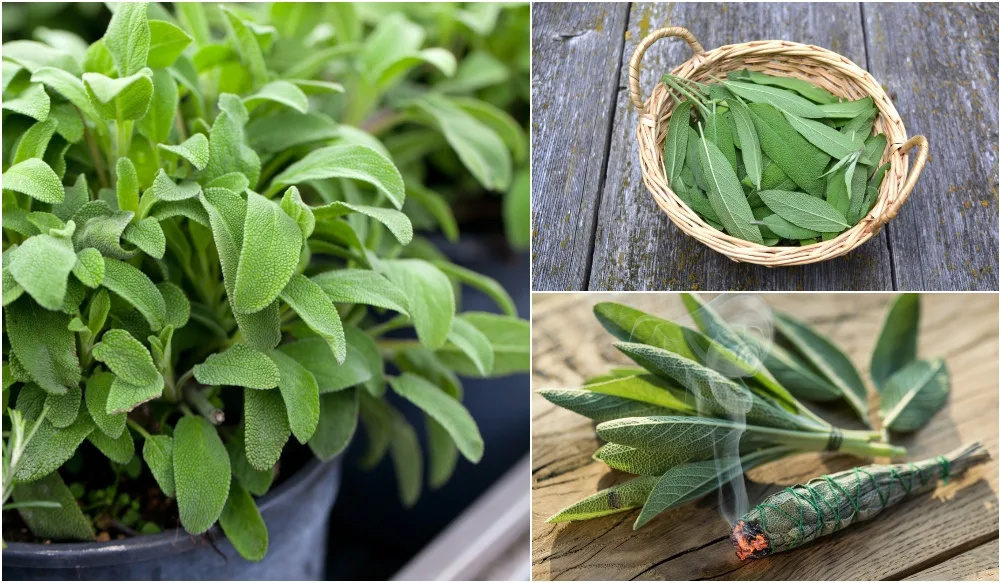
Sage is a wonderful plant to choose to grow in your garden. It can thrive in a wide range of different settings, and bring many benefits.
It will be beneficial both while it is in growth, and when harvested for use around your home.
Of course, we tend to think of sage predominantly as a useful culinary herb. But its edible uses are just one of the reasons to grow it where you live.
Related Reading: 14 Innovative Ways To Use Sage Leaves
What is Sage?
Before we begin to explore the reasons to grow sage in your garden, let’s take a moment to explore the characteristics of this useful herb.
In this article, we are talking about Salvia officinalis.
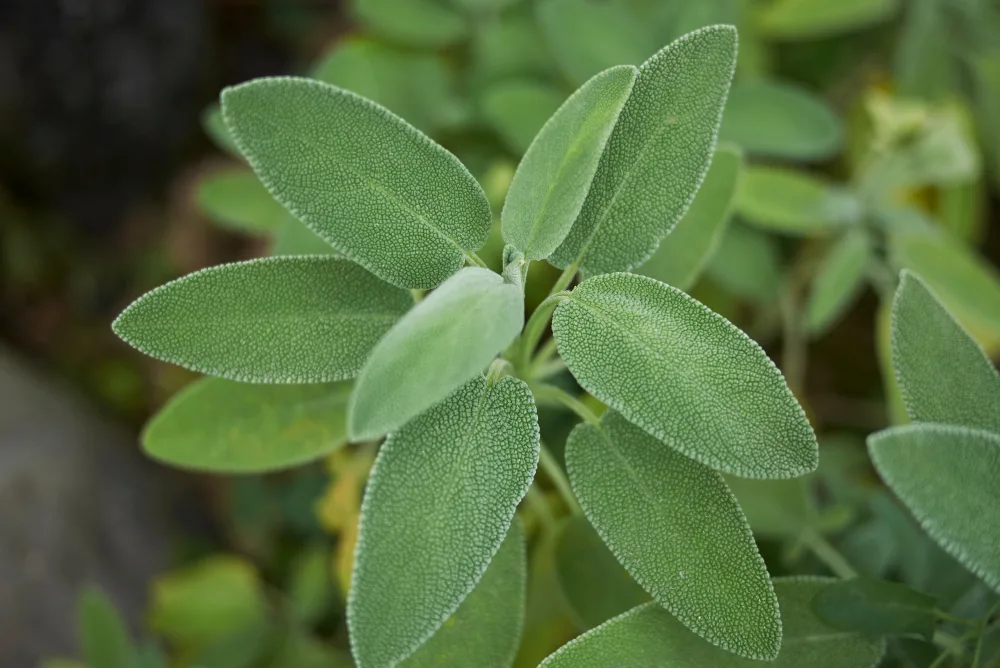
There are a number of other salvias that you can grow in your garden, but this is the common kitchen sage with which most of us will be very familiar.
Native to southern Europe, this herb is grown in many kitchen gardens around the globe. It is found in dry and stony places, often with limey, alkaline soil, though it can thrive in a range of different soils and settings.
If you have heavy clay soil, or soil that is acidic in nature, you will do best to amend the soil, or grow sage in containers where you live. But as long as your soil or growing medium is well-drained, and neutral or alkaline, sage will do very well with very little effort on your part.
Sage forms small evergreen shrubs which grow to up to around 2ft tall and 2ft wide at a medium rate. It will be in leaf all year, is hardy and not frost tender, and can be grown outdoors in zones 5-9 as long as they are placed in full sun, in a free-draining medium. Small, purplish flowers will form during the summer months.
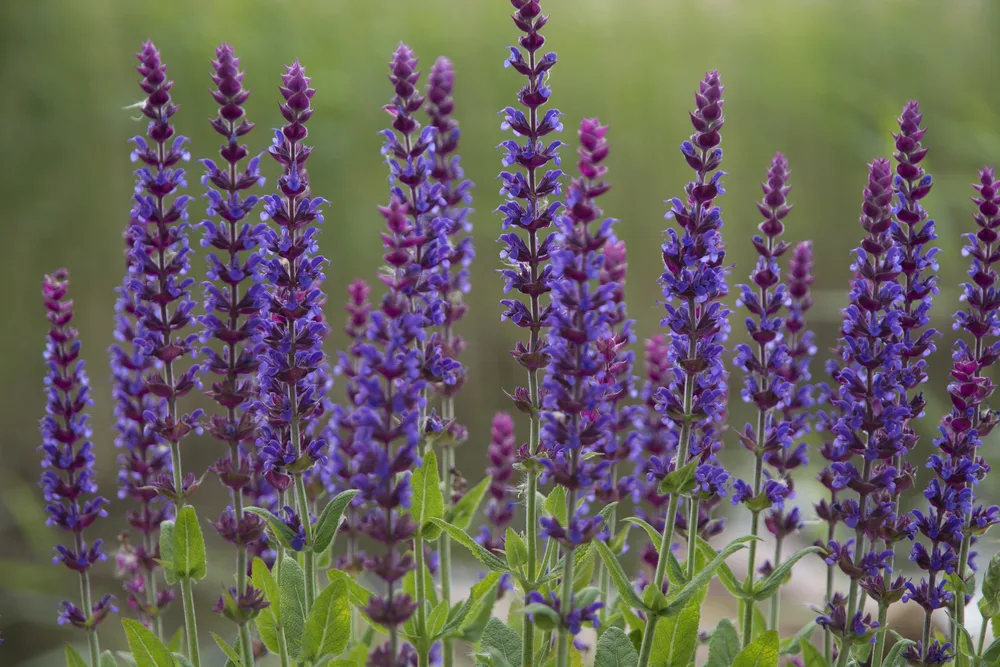
Why Grow Sage in Your Garden?
Sage is incredibly useful for the garden and the gardener. Here are just some of the reasons to make some space for common kitchen sage wherever you live:
1. As a Low-Maintenance, Drought Tolerant Perennial Herb
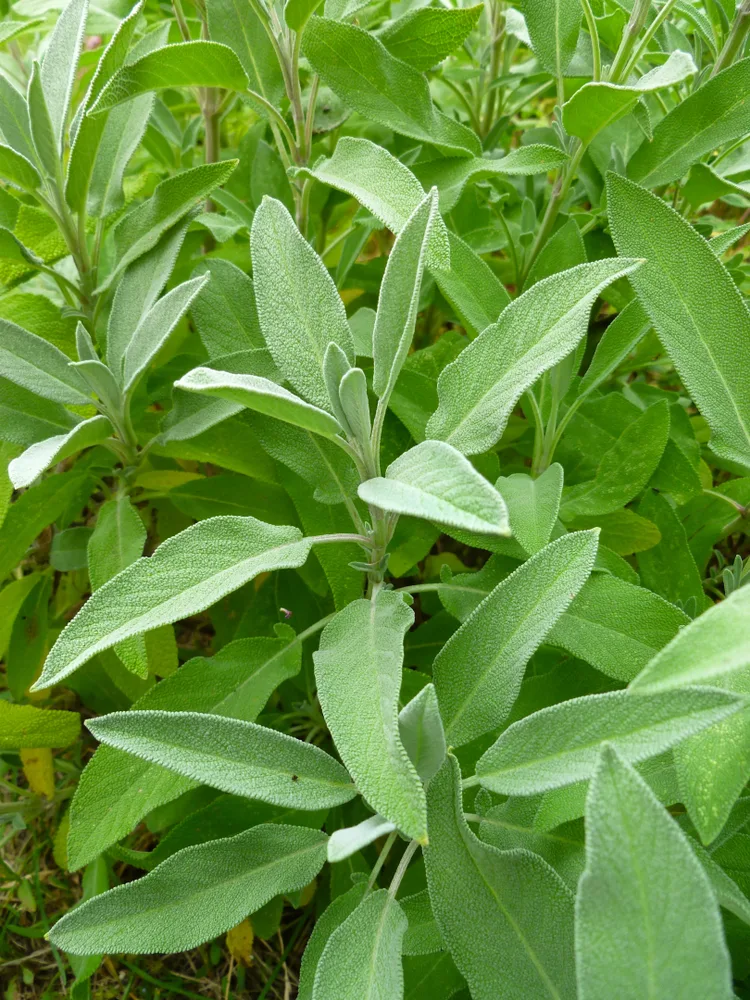
Whether you are new to growing your own, or an experienced gardener, sage is one of those relatively low-maintenance plants that is easy to grow.
It can be a great choice where the soil leaves something to be desired, as it can cope with fairly low-nutrient conditions, rocky or very alkaline conditions. Once established, it can be a very tolerant of dry, arid conditions.
As long as the site where sage is growing is in full sun, and the conditions are free-draining, you can more or less leave this Mediterranean herb to its own devices.
You can easily grow it in the ground, or in containers. So it can be a great choice for many different gardens. Even if you don’t have much time to tend your garden, this herb can be an excellent choice.
Since sage is a perennial, it can keep growing in your garden not just for a single season but for several years to come. Here are some more perennial herbs you may enjoy growing.
2. To Attract Pollinators and Other Beneficial Insects
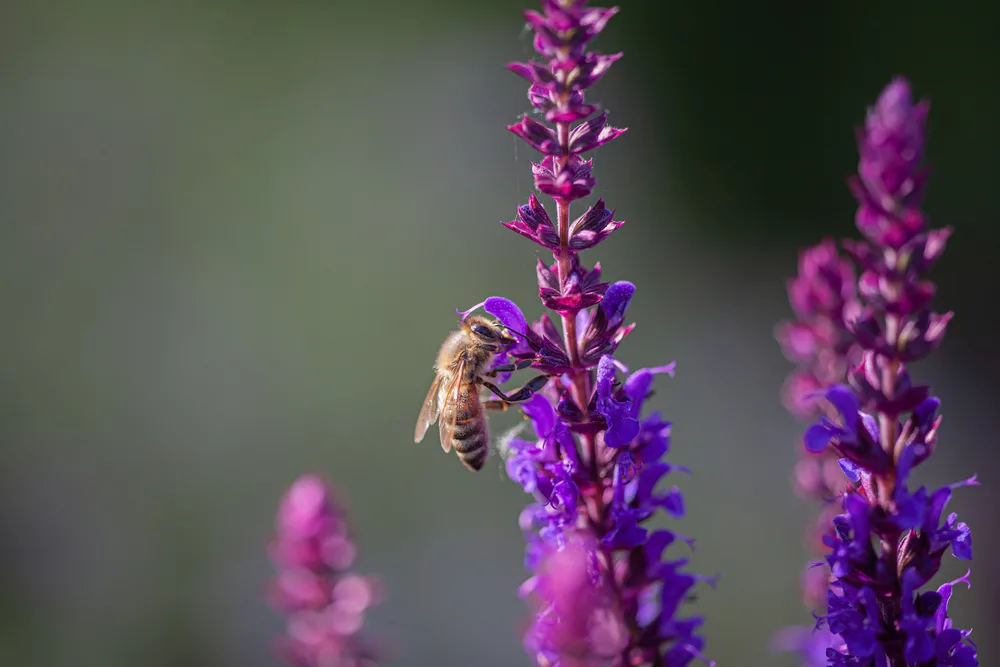
When sage is in bloom, this is a herb that works very well in a wildlife-friendly garden. This plant is beloved of bees, and also helps to attract a wide range of other pollinators. Butterflies, for example, can also often be seen enjoying nectar from sage flowers.
What is more, sage is also beneficial for attracting predatory insects such as hoverflies, which can help keep down aphid numbers and keep other plants nearby safer from attack.
3. To Repel Certain Insects
Sage is also said to repel a range of unwanted insects from a garden due to its strong, pungent fragrance.
For example, sage is said to repel carrot rust flies, cabbage moths, cabbage loopers, cabbage maggots, cabbage worms, and black flea beetles.
Interestingly, burning sage will also help to keep mosquitoes and other biting insects away while you are enjoying time in your garden.
4. As a Companion Plant
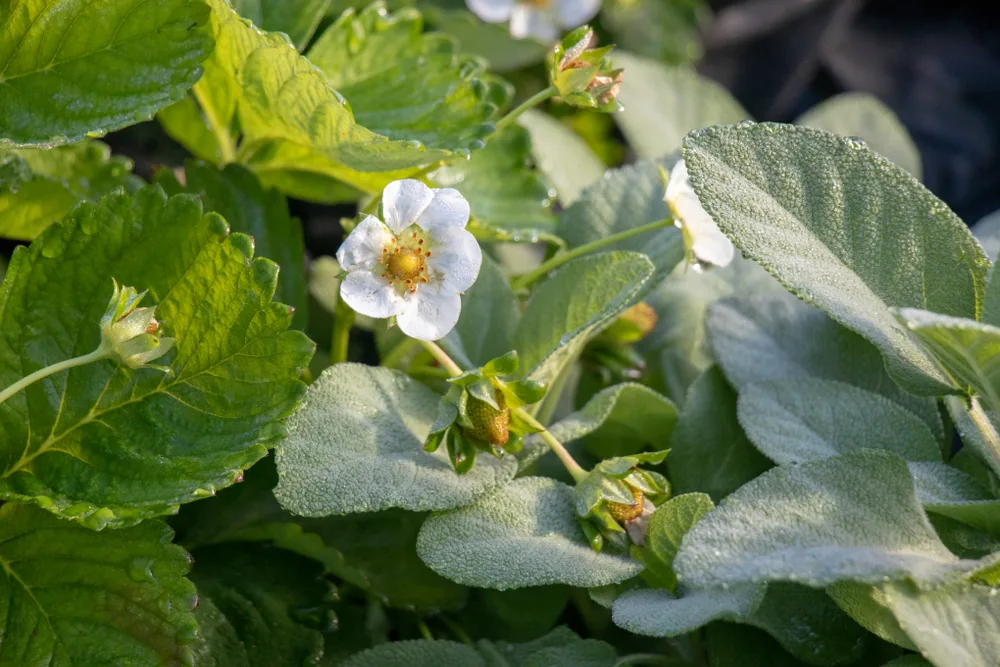
Due to sage’s capacity to attract beneficial insects and keep away unwanted pests, it can be a great choice as a companion plant.
Sage can work well alongside other Mediterranean herbs that like similar dry and free-draining growing conditions (such as rosemary and thyme, for example). But it can also work well when planted alongside other kitchen garden crops.
For example, sage works well as a companion plant for carrots, and for Brassicas (cabbage family plants), potatoes, tomatoes, and strawberries.
Note, however, that there are certain crops that won’t welcome sage as a companion plant. Cucumbers and other cucurbits, for example, can be stunted when aromatic herbs like sage are grown nearby.
Rue, wormwood and fennel are all plants that may inhibit the growth of sage when grown alongside it.
If you wish to use sage to attract pollinators and other beneficial insects to a kitchen garden, it is important to remember the conditions this herb requires. Sage requires far less soil moisture than many common fruits and vegetables. So it won’t always do well in the same bed or container.
To solve this issue, sage could be grown on a raised berm or bank around the edges of the bed or growing area that is more free-draining. It could also be grown in containers nearby if the soil where you live is heavier/ prone to waterlogging, or more acidic.
5. To Speed Decomposition in Your Compost Heap
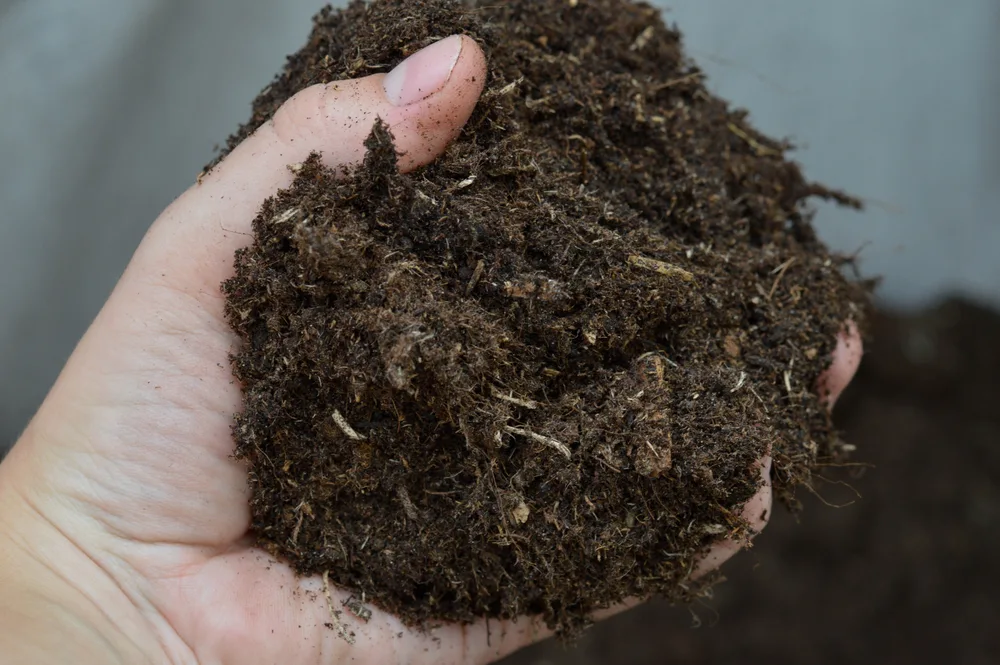
Another interesting thing about sage is that it can be used as an ingredient in a compost activator – a collection of plant materials which can aid in improving bacterial conditions on a composting system.
Using a compost activator can help materials to break down more quickly, and give you a high-quality compost to use in your garden in a lot less time.
Sage is pretty good at dynamically accumulating certain plant nutrients – notably potassium and calcium. So adding sage to your compost heap, or strewing it as a mulch, could help to replenish these plant nutrients in your garden soil.
6. For Use in a Range of Edible Recipes
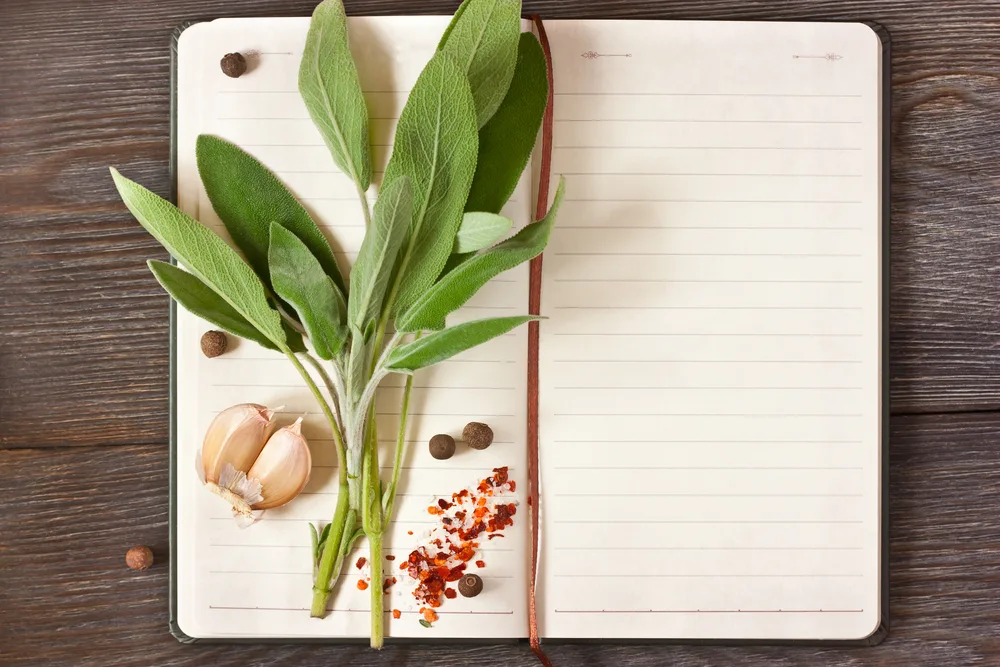
Of course, this is the main reason why most people will grow sage in their gardens. It is of great benefit as a culinary herb.
Both the leaves and the flowers are commonly used as a flavoring in a range of cooked meals. Often, as an aid to digestion, sage is used as a pot herb alongside heavy, fatty foods in savory dishes. But sage can also be used in dessert recipes too.
For example, here are a few sage recipes:
Sage and Onion Stuffing @ easypeasyfoodie.com
Sage Brown Butter Sauce With Butternut Ravioli @ Aberdeenskitchen.com.
Chocolate Sage Nice Cream @ unconventionalbaker.com.
The young leaves and blooms can also be eaten raw in salads or sandwiches.
7. For Medicinal Purposes
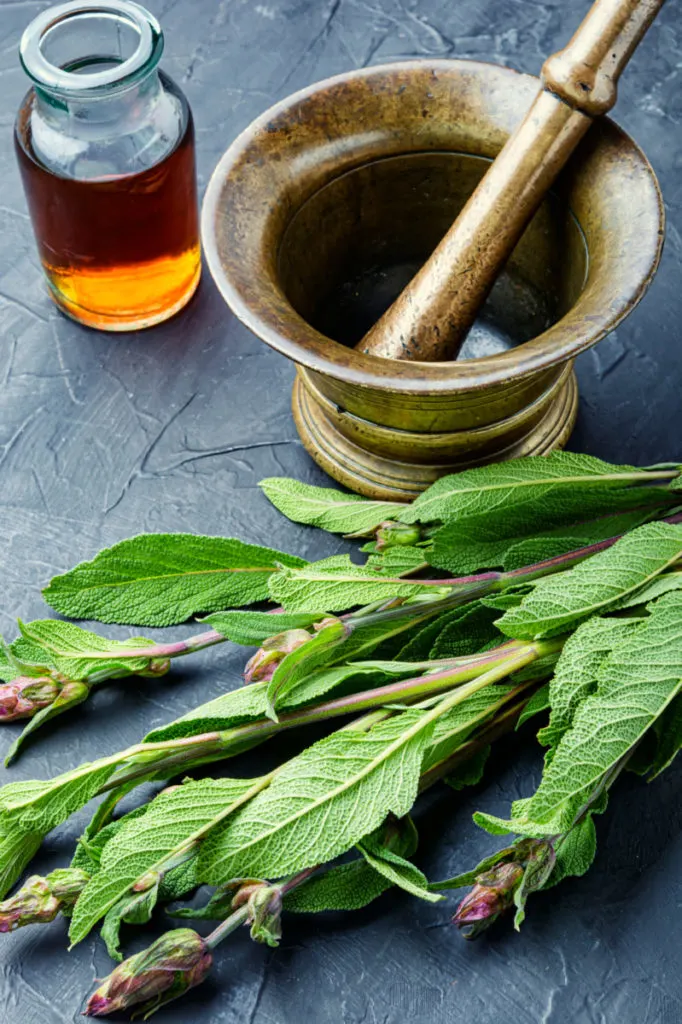
Sage is not only good for adding complex savory notes to a wide range of recipes – it is very good for you too.
It is well known as a domestic herbal remedy for issues with the digestive system. And it is also efficacious for a range of other ailments. For example, it has antiseptic properties, which make it ideal for helping to heal sore throats, mouth ulcers and aching teeth.
The herb is also used by herbalists to treat a range of other issues internally, including excessive salivation or perspiration, anxiety, depression, and reproductive issues. Externally, it can be applied topically to treat insect bites and other infections and irritations.
However, excessive or prolonged use of the herb can be dangerous. Taking too much can cause a range of symptoms, and it is contra-indicated during pregnancy or for those predisposed to convulsions.
As with any herbal remedy, it is best to get the advice of a qualified herbal medicine practitioner.
8. For Use in Naturally Cleaning and Purifying Your Home
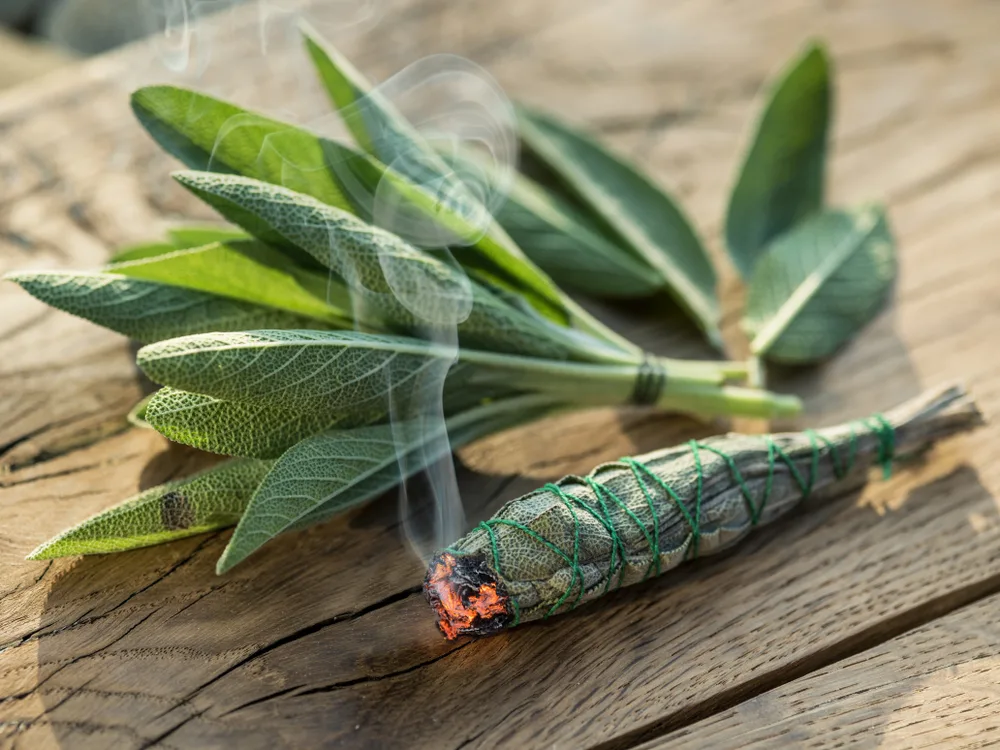
There are also plenty of other ways to use sage around your home that don’t require expert knowledge or advice. For example, you can use this herb to naturally clean and purify your home.
Due to its antiseptic and anti-bacterial properties, sage can be useful when added to solutions for cleaning household surfaces.
Sage also helps to purify the air in your home, when it is burned in a process known as ‘smudging’.
Burning sage is a new age practice which is believed by many to spiritually cleanse a space. But modern science has actually shown that certain medicinal smokes such as that from sage can reduce airborne bacteria.
9. To Use in Cleaning Your Teeth
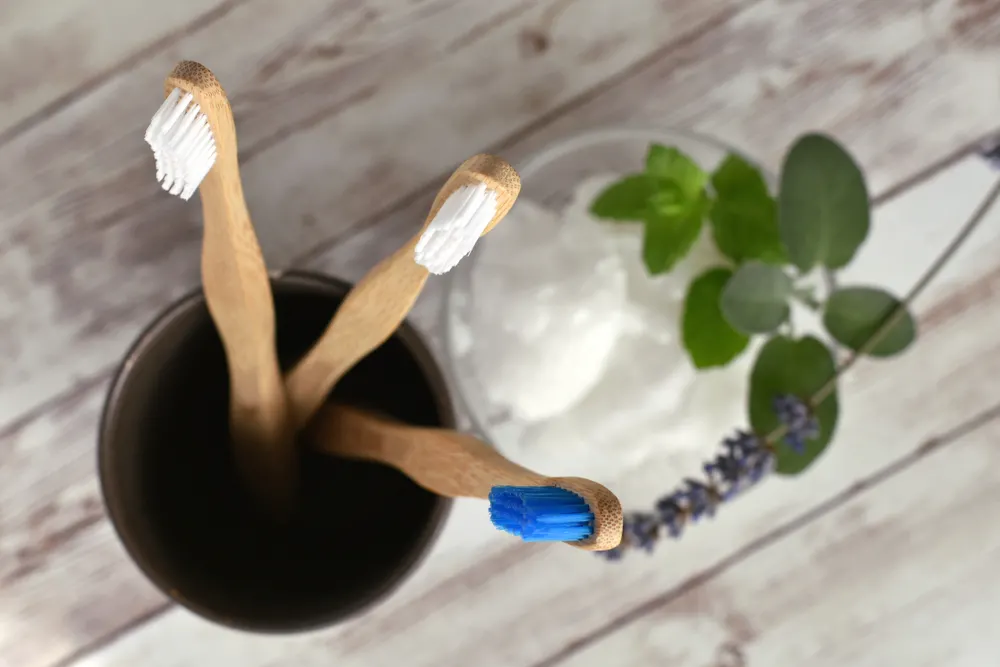
Sage is also great for cleaning your teeth. The leaves can simply be rubbed over the teeth and gums. This is a natural solution when a toothbrush is not to hand. But you can also use sage as an ingredient in home-made toothpastes and tooth powders.
Again, the antiseptic properties of the plant can come in handy. And sage can also help in healing diseased gums.
10. In A Natural Skin Care Routine
Sage can also be used in soaps and a wide range of other products to use to clean your skin, and in your natural skincare regime.
Here are just a few examples of some skincare recipes that include this useful and versatile ingredient:
Lemon-Sage Soap @ aladyinfrance.com.
Lemon Sage Sea Salt Detoxifying Scrub @ misswish.com.
11. Or in Making Shampoo
Sage is also great for natural haircare. Sage is particularly beneficial in rinses for dark hair. Like rosemary it be used in preparations that can naturally darken hair slightly over time.
How To Make A Sage Rinse To Darken Gray Hair @ naturallivingideas.com
There are a number of herbs and other plants that can be used in a natural ‘no-poo’ hair regime. Sage is one of them.
12. Or For a Natural Deodorant
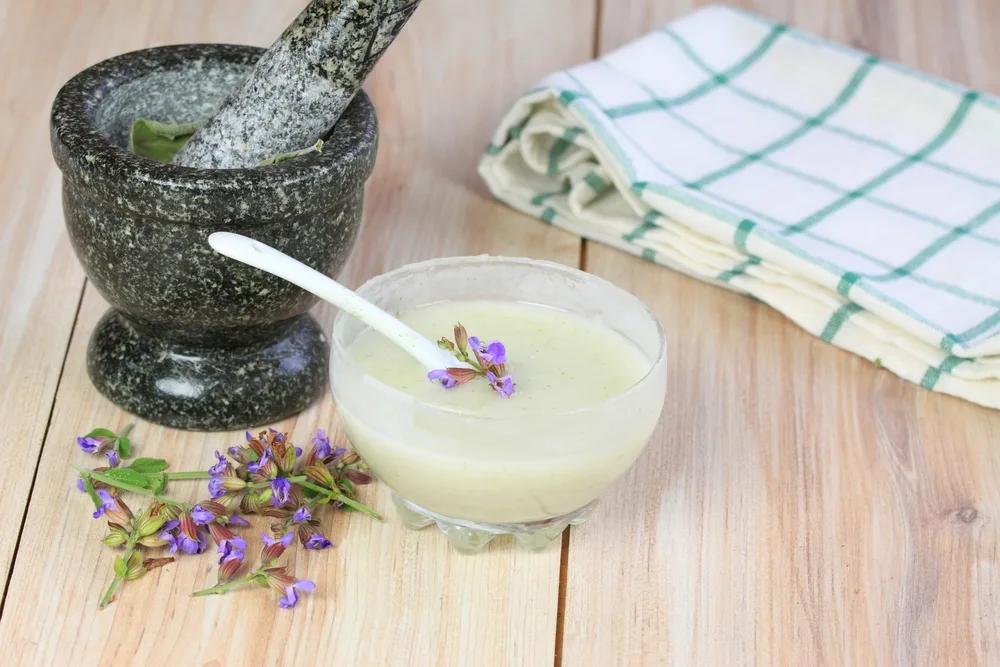
Sage has natural anti-perspirant properties that make it ideal for use in natural deodorants. It can be used in combination with lavender, or a range of other essential oils depending on your fragrance preferences.
Homemade Deodorant Recipe with Lavender and Sage @ growforagecookferment.com.
As you can see from the above, sage can offer far more than just an edible herb. It is a very useful plant. There are many great reasons to give this beneficial plant some space in your garden.

Get the famous Rural Sprout newsletter delivered to your inbox.
Including Sunday musings from our editor, Tracey, as well as “What’s Up Wednesday” our roundup of what’s in season and new article updates and alerts.

